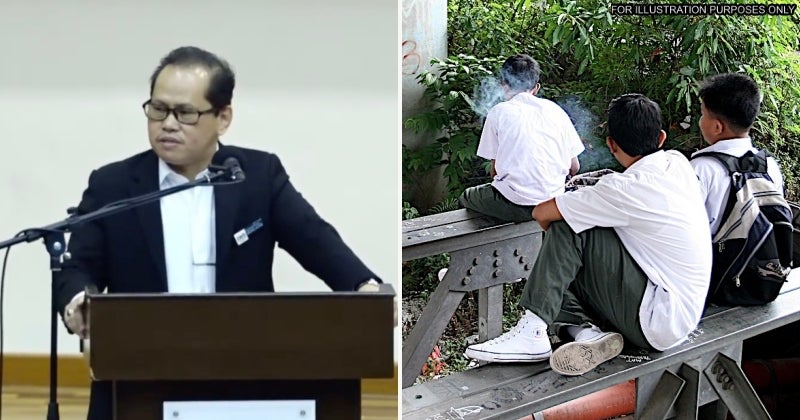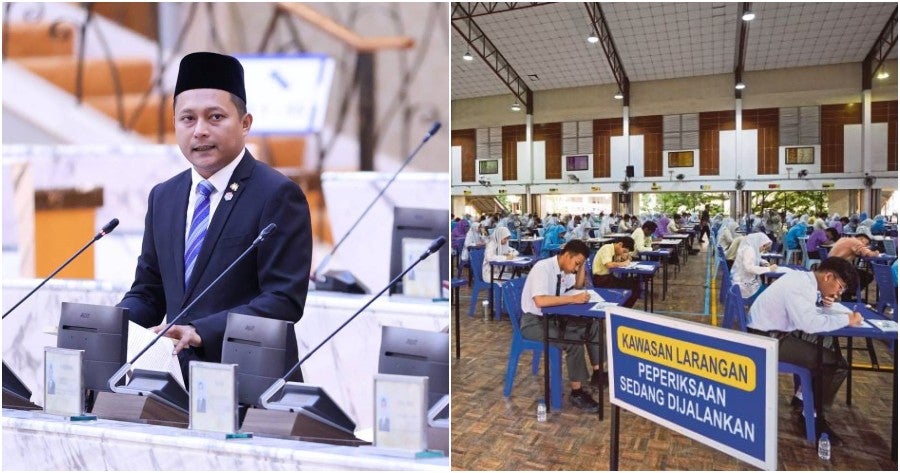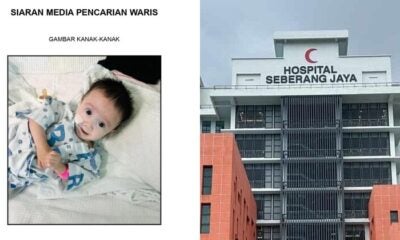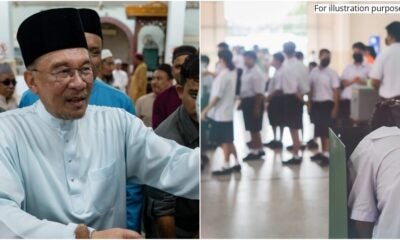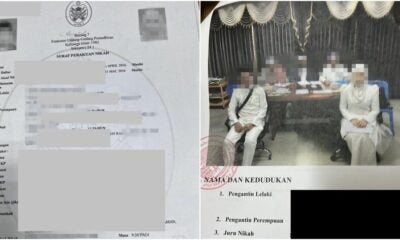Students in Malaysia skipping Sijil Pelajaran Malaysia (SPM) have been an ongoing problem for the Ministry of Education (MOE), with the ministry recently revealing through a written reply published on the official Parliament website that as of 6 February, 8,076 SPM 2024 candidates had been absent for all written papers.
Moreover, Chairman of the Education and Information Committee of Johor, Mr. Aznan Tamin, also revealed that over 900 students in Johor had skipped SPM because they believed “they can secure high-salary jobs in Singapore“.
MOE is using AI to identify “at-risk students” and intervene before they drop out of school or skip SPM
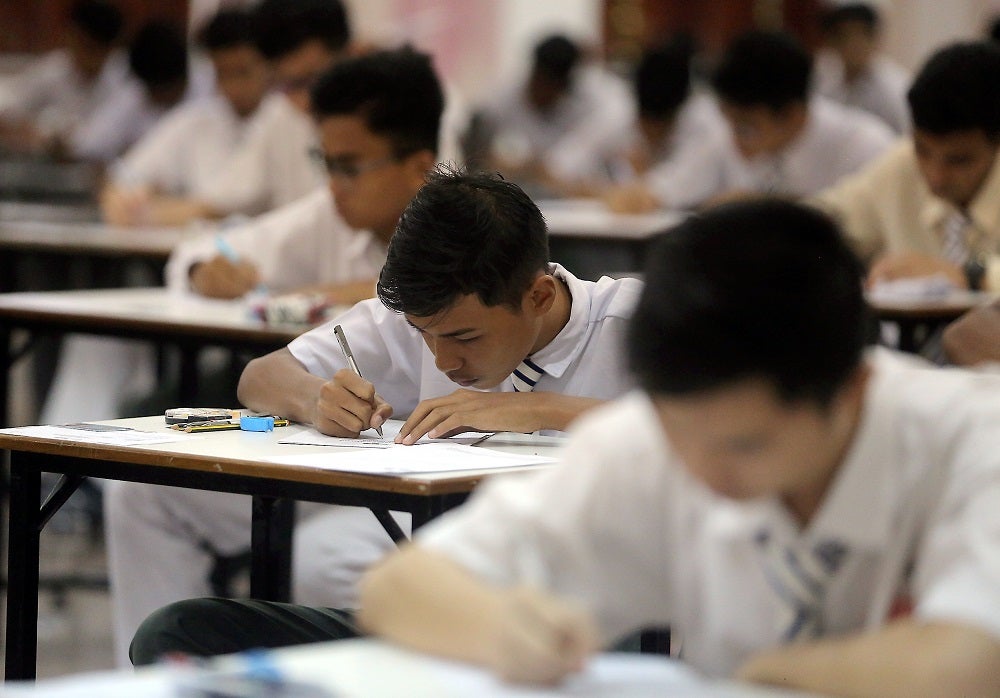
For illustration purposes
With that in mind, it looks like MOE has a new tool at its disposal to deal with students skipping SPM and dropping out of school in general: Artificial intelligence (AI)!
As shared by Education Deputy Director-General (Profession Development Sector) Dr Mohd Azam Ahmad, MOE’s Student Tracking System (SiPKPM) is now enhanced with AI that is expected to reduce student dropouts and absenteeism among SPM candidates in the future.
Speaking at a press conference after the ‘Bual Bicara Pendidikan Asas Kenegaraan: Membina Generasi Mampan Masa Hadapan’ programme with Dewan Rakyat Speaker Tan Sri Johari Abdul yesterday (14 February), Dr Mohd Azam was quoted by BERNAMA as saying that the system has already been in use.
He further credited the AI-enhanced system as reducing the number of absent SPM students from tens of thousands to the 8,076 candidates mentioned earlier.

Dr Mohd Azam Ahmad
Dr Mohd Azam added that the system helps identify “at-risk students” from primary to secondary school, allowing for MOE to provide earlier and more targeted interventions.
He asserted,
“Last year, we introduced an AI-enhanced version, which is now in operation. It assists teachers and school leaders in detecting at-risk students for timely intervention,”
MOE offers 18 forms of assistance to these students
The Education Deputy Director-General revealed that there are 18 forms of assistance that MOE is offering for these at-risk students, including those facing financial difficulties and other issues.
The most suitable intervention will be determined by MOE, together with the State Education Departments and District Education Offices.
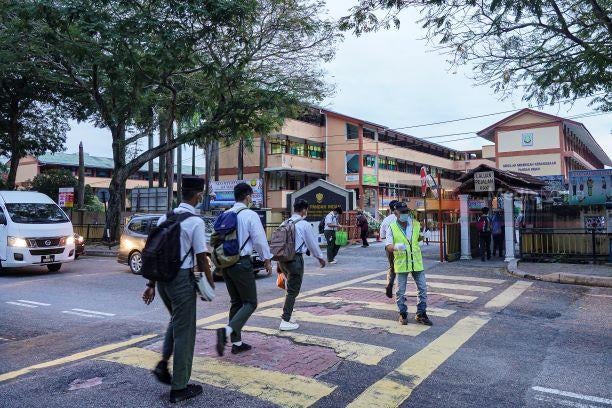
For illustration purposes
So, what do you guys think of Dr Mohd Azam’s statement? Share your thoughts with us in the comments.

